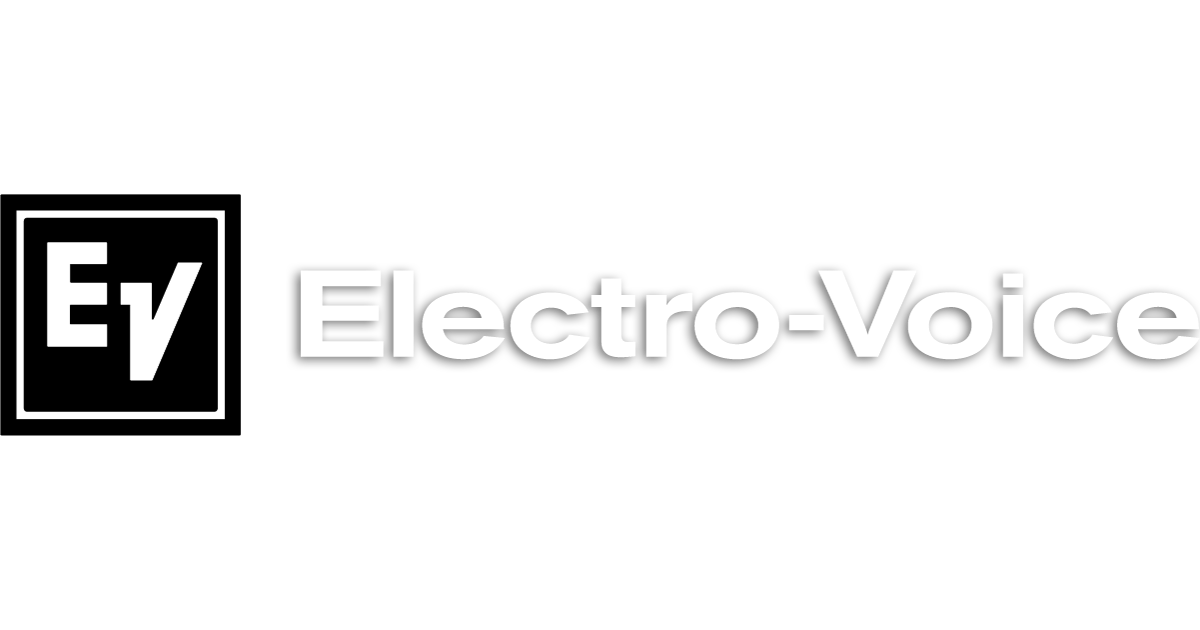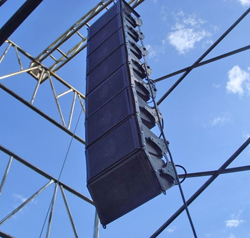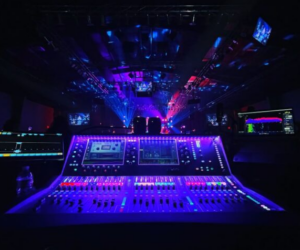A line array effectively functions as a multi-element column loudspeaker, with a long vertical and narrow horizontal outline, for narrower vertical pattern control and wider horizontal dispersion. They’re designed to be flown and taken down quickly, often in “blocks” of individual modules, and to be flexibly adjustable to different curvatures.
This flexibility can be particularly useful in venues where arrays need to be adjusted regularly to accommodate different types of acts, such as a performing arts center that has a symphony one day, a small choral ensemble the next, followed by a two-person dramatic play and a jazz or rock group on the weekend. Properly designed and deployed, they deliver even coverage from front to back, largely because the pattern control helps lessen the drop-off of level with distance.
Small format line arrays, which we’re defining here as models with woofers in the 8-inch range, bring the technology into venues with limited vertical height above the stage or where a more modest throw is required compared with arenas and expansive outdoor coverage areas, while still retaining the ability to control vertical dispersion well into the lower midrange. With their capability to function with wider splay angles, they can cover the front regions of the main floor to the rear seating of a balcony relatively evenly.
Because the overall vertical height of the array in relation to the wavelengths of the lower frequencies is important to the ability to control vertical dispersion, these smaller format loudspeakers typically don’t control coverage to as low of a frequency as their larger brethren. With smaller and often fewer drivers per cabinet, their maximum SPL is typically several dB less.
Larger systems are often 3-way or even 4-way, with multiple drivers for each frequency band, while smaller arrays are more likely to be 2-way or quasi 3-way designs (with a pair of LF drivers coupling at the lowest frequencies, and one of them then rolled off while the other covers the mids).
Amplification and signal processing are handled in different ways. Many are self powered, requiring only a line-level signal delivered to each cabinet; because the electronics are flown with the array and out of reach during the performance, particular attention is paid to their reliability and the ability to control and adjust levels and other parameters remotely.
Others have separate, dedicated amplifiers and processors that are matched to the requirements of the specific line array cabinets, and still others work with a wider variety of amplification and processing under manufacturer-specified settings.
It’s common practice that sections of the line array are run at slight different output levels depending on whether they’re covering closer or farther seating areas, and sometimes equalization is adjusted as well with an additional HF boost for the long-throw cabinets.
Supporting this ability, some systems can be networked so that the performance of individual transducers and amplifiers can be monitored, with various parameters that can be adjusted during setup and the show. Many manufacturers complement their systems with predictive software that will calculate the expected performance of particular line arrays at differing splay angles and output levels, across a variety of frequency ranges and array lengths.
The models we’re covering in our Real World Gear Gallery Tour are not the smallest format available. There’s been a growth in systems with woofers in the 6-inch range over the past several years. (We classify these as “compact” format.) Yet systems in the 8-inch cone range remain a great choice for a wide range of applications. Some may use only a single LF cone per cabinet, while others use two or more.
The product specifications are compiled from manufacturer data sheets, bringing this information into one handy location. Enjoy our Real World Gear Gallery Tour of recent small-format line arrays.
Gary Parks is a pro audio writer who has worked in the industry for more than 25 years, including serving as marketing manager and wireless product manager for Clear-Com, handling RF planning software sales with EDX Wireless, and managing loudspeaker and wireless product management at Electro-Voice.
















